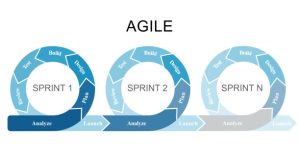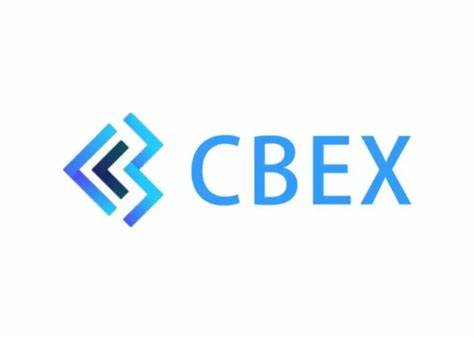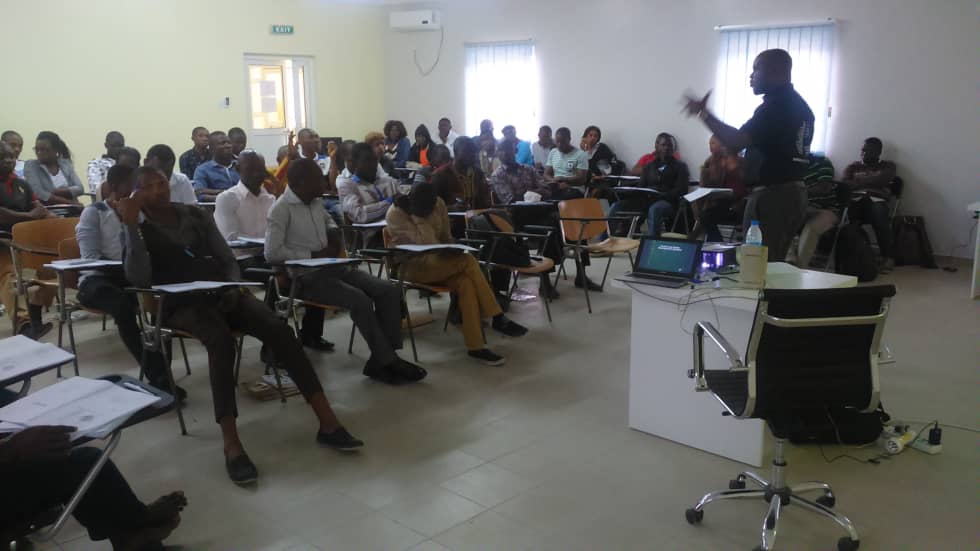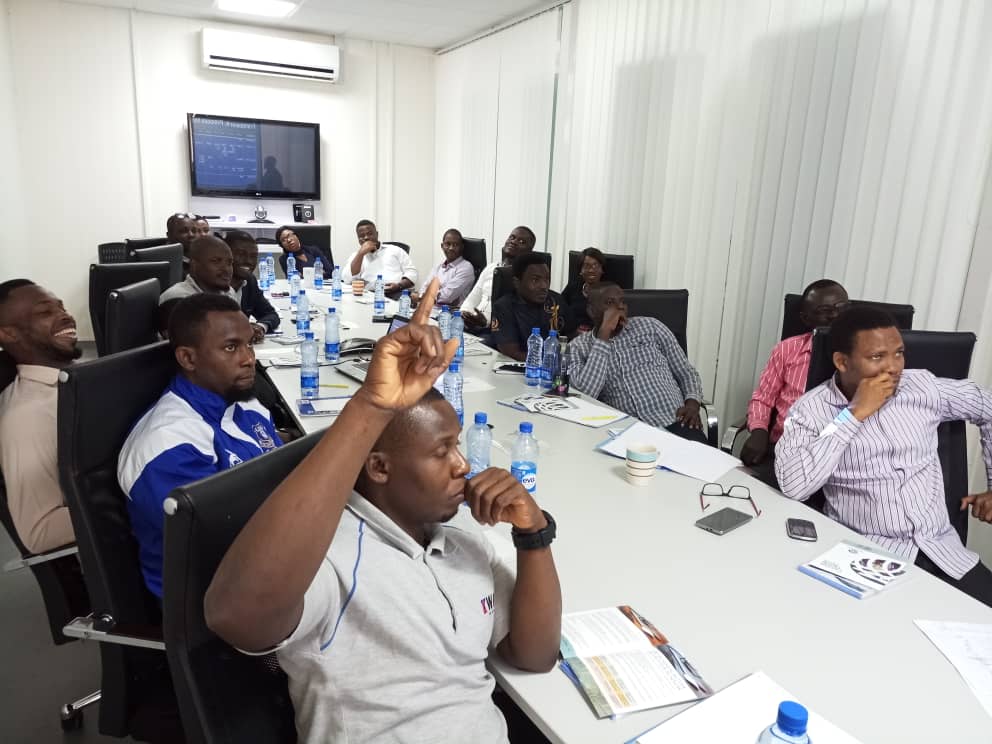The business world today requires an approach that can yield results rather quickly, as well as adapt to change seamlessly. The Agile methodology is one of the well-known approaches to project management and software development that work effectively in solving both problems. By emphasizing flexibility, collaboration, and continuous improvement, Agile helps organizations be competitive and responsive in a continuously changing marketplace.

What is Agile?
Agile is more than just a project management style; it is a mindset and set of practices intended to deliver projects in incremental pieces so that continuous feedback and adjustment of the process can take place. This iteration of process allows teams to focus on customer satisfaction, frequent delivery of product features, and quick adaptation to new information.
When the Agile Manifesto was written and published in 2001, it established four core values to drive the basis of this approach:
- Individuals and interactions over processes and tools
- Working software over comprehensive documentation
- Customer collaboration over contract negotiation
- Responding to change over following a plan
These principles emphasize the importance of people, collaboration, and the ability to adapt to change, all of which are essential for continuous improvement in any organization.

Key Agile Frameworks
Agile isn’t one-size-fits-all. It actually encompasses a number of different frameworks, each tailored to specific project needs:
- Scrum: One of the most popular frameworks, it breaks down projects into sprints, typically 2-4 weeks. The Scrum methodology focuses on delivering small pieces rather than on an entire project with day-to-day stand-ups, sprint planning, and retrospectives that create constant feedback and improvement within the process.
- Kanban: It is basically a visual method to handle workflow. Using the Kanban board, it tracks each task from beginning to end. It focuses on limiting work in progress and improving workflow efficiency.
- Lean: Adapted from Lean manufacturing principles, this framework focuses on eliminating waste, delivering faster, and improving continuously.
- Extreme Programming (XP): This framework focuses on technical excellence, backed by supportive techniques like pair programming, test-driven development, and continuous integration to ensure quality outcomes.

Why Agile is a Good Fit for Continuous Improvement
Agile innately conducts continuous improvement in its structure, and it is a fit-as approach for businesses that want to grow long-term and adapt easily.
1. Iterative Refinement
Agile methodology encourages iterative development, which allows for regular review and refinement. Each sprint or iteration is followed by a retrospective review where teams assess their performance and look at areas for improvement. Such continuous reflection on refining the approaches enables continuous improvement at both the product and process levels.
2. Customer Feedback and Satisfaction
Agile focuses on small functional product segments released frequently. In releasing the work continuously to the customers for feedback and suggestions, the business is always on track with the needs of the users and market demand. In this continuous loop of feedback and adjustment, the product in time gets refined and effective.
3. Team Empowerment
Agile promotes a culture where teams are empowered to decide on and own their tasks and work together in close coordination. This ownership essentially injects creativity and good morale among teams, which makes them engaged in seeking improvements in their workflow and processes. Over time, this leads to more efficient operations and better project outcomes.
4. Risk Management
Agility’s incremental approach helps reduce risks early on. Large projects are divided into smaller tasks; therefore, after every sprint, the team will be in a position to evaluate some of the probable risks that can actually be taken care of before they escalate. This reduces the likelihood of project failure and ensures that risks are managed effectively throughout the development process.
5. Adaptability to Change
Businesses change rapidly and so adaptability is crucial. With the flexibility within the agile framework, it would be pretty easy for any organization to respond to alterations in market conditions, customer preference, or technology with ease. By constantly refining their processes and product features based on real-time information, businesses can remain competitive and agile.

Pros of Agile Methodology for Continuous Improvement
- Flexibility: Agile lets teams adjust processes and priorities with current data, which makes them responsive to changes in customer needs or market conditions.
- Faster Time to Market: Agile delivers small, functional increments of the product faster, hence making releases faster and putting the product in customers’ hands faster.
- Improved Customer Satisfaction: With continuous feedback loops and collaboration, Agile ensures that the final product is aligned with customer expectations and increases satisfaction.
- Greater Team Collaboration: Agile promotes greater interaction among members of the team, developing a collaborative environment in which ideas and feedback can be shared more freely.
- Continuous Improvement: The inbuilt mechanisms for retrospectives and regular feedback make sure the team is always looking for ways to do things better.
Cons of Agile Methodology
While Agile has many benefits, it also comes with some challenges:
- Lack of Predictability: Because Agile is flexible and responds to change, it can be difficult to predict timelines and budgets with accuracy.
- High Customer Involvement: Agile requires continuous feedback from customers; this gets quite demanding at times and cannot always be delivered by all stakeholders.
- Potential for Scope Creep: With constant iterations and changes, projects may experience scope creep, where additional features are added without proper management.
- Challenging Implementation in Large Organizations: For larger, more traditional organizations, the cultural and procedural change required to implement Agile may be difficult.
Why Agile Is Perfect for Business Growth
From the business perspective, quite a lot of value is delivered with Agile:
- Adapting to Market Changes: With the flexibility that Agile ensures, businesses can promptly change direction with regard to new market opportunities, competitor moves, or technological advancement.
- Improving Team Efficiency: With constant focus on improvement, Agile helps teams work more efficiently, reducing waste and increasing productivity over time.
- Driving Innovation: Agile promotes a culture of experimentation and iteration. This invites innovation. Businesses operating on Agile are often more innovative and quicker to market with new ideas.
- Enhancing Product Quality: Continuous testing, customer feedback, and iterative development ensure that the product quality is of high quality and meets the evolved customers’ needs.
The Agile methodology offers a structured yet flexible approach that is perfectly suited for continuous improvement in businesses and organizations. Its focus on iterative development, customer collaboration, and adaptability makes it easy for teams to maintain effective delivery of quality products. For organizations looking to thrive in a rapidly changing environment, Agile provides the tools and mindset necessary to foster innovation, enhance productivity, and remain competitive in the market.










